Galvanic corrosion is one of the leading causes of mechanical joint failure, particularly in light metals such as aluminium and magnesium.
Wire thread inserts act as a protective layer that also enhances joint strength and reliability.
In this article, we examine the methods of mitigating against galvanic corrosion and how wire thread inserts enhance the corrosion resistance of mechanical joints.
What is the impact of galvanic corrosion in mechanical joints?
Galvanic corrosion takes place when two metals are in contact with each other in the presence of an electrolyte solution such as water. This produces a galvanic current between the two materials, where the more reactive metal faces accelerated corrosion.
Galvanic corrosion leads to two key challenges in mechanical joints:
- Degradation of parent materials - Galvanic corrosion gradually deteriorates the parent material of the joint over time. This is increased in corrosive environments.
- Loss of joint strength - Mechanical joints quickly lose their strength when under the effects of galvanic corrosion. The more corrosive the environment, the faster the rate of corrosion, which could produce mechanical failure.
The galvanic hurdle in the way of lightweight mechanical joints
Introducing lightweight mechanical joints brings a number of benefits. It reduces weight, improves efficiency and fuel economy, enhances the handling and reduces wear in loaded applications.
Unfortunately, galvanic corrosion is a key hurdle in the way of introducing lightweight mechanical joints. Light metals like aluminium and magnesium are more reactive than heavier metals like steel. This leads to an increased risk of galvanic corrosion which makes these joints effectively impossible to integrate without proper mitigation solutions.
Wire thread inserts: the solution to galvanic corrosion in joints
Wire thread inserts prevent galvanic corrosion in mechanical joints. They are a fastening element that sits between the threaded parent material and fastening bolt/screw of a mechanical joint. When the bolt/screw is driven through, the insert adjusts radially and axially to cover each point of contact between it and the parent material.
Wire thread inserts are frequently made in non-passivated stainless steel, which greatly minimises the risk of galvanic corrosion. This results in the insert acting as a protective layer within the mechanical joint. With this protection lighter metals can be successfully integrated into mechanical joints without the risk of galvanic corrosion.
Additional benefits of wire thread inserts for lightweight mechanical joints
- Increased strength - Wire thread inserts distribute load across the length of the inserted bolt. This provides enhanced strength for the joint and reduces the risk of fretting and wear that can impact light metals.
- Different material compositions for additional protection - Wire thread inserts are available in various materials to enhance protection in any given application. A key example are phosphor bronze wire thread inserts that provide additional galvanic corrosion resistance.
- Simple repair and maintenance - Wire thread inserts are designed to be used as a repair and maintenance tool. When tapped holes lose their threading or become damaged from galvanic corrosion, they can be installed to reintroduce and enhance the strength of the joint.
Protect your joints from galvanic corrosion with with KATO® Advanex
Galvanic corrosion is a prominent challenge when it comes to mechanical joints. This challenge is even greater when it comes to lightweight joints that are extremely susceptible to corrosion. To integrate the efficiency benefits of lightweight joints, you need to introduce sufficient corrosion mitigation. Wire thread inserts represent the best solution in this respect.
At KATO® Advanex, we provide Tanged and Tangless wire thread inserts that are high-performing, simple to install and provide highly effective corrosion resistance. Our inserts form strong, resilient and lightweight joints that reduce costs, improve fuel economy and inspire innovation across industries.
To find out more about our products or to get additional pricing information, contact a member of our team today.
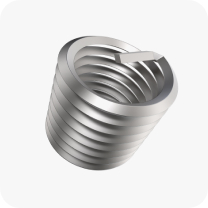
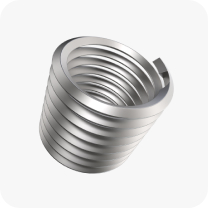
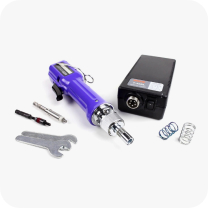
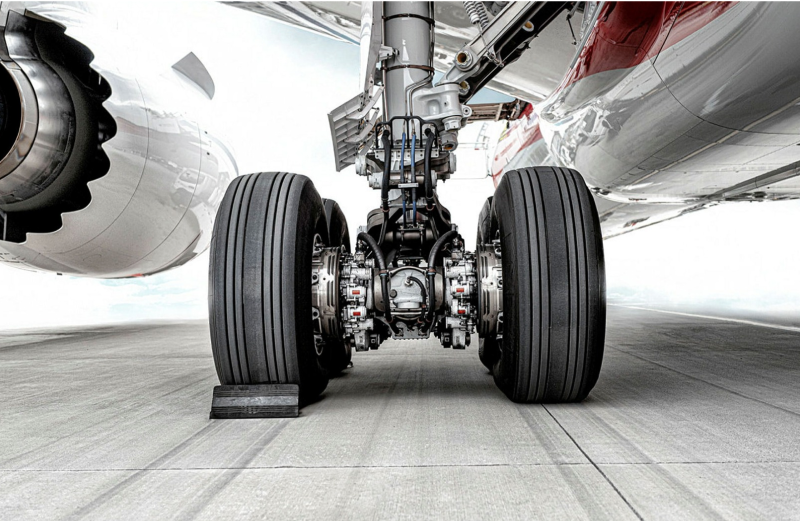
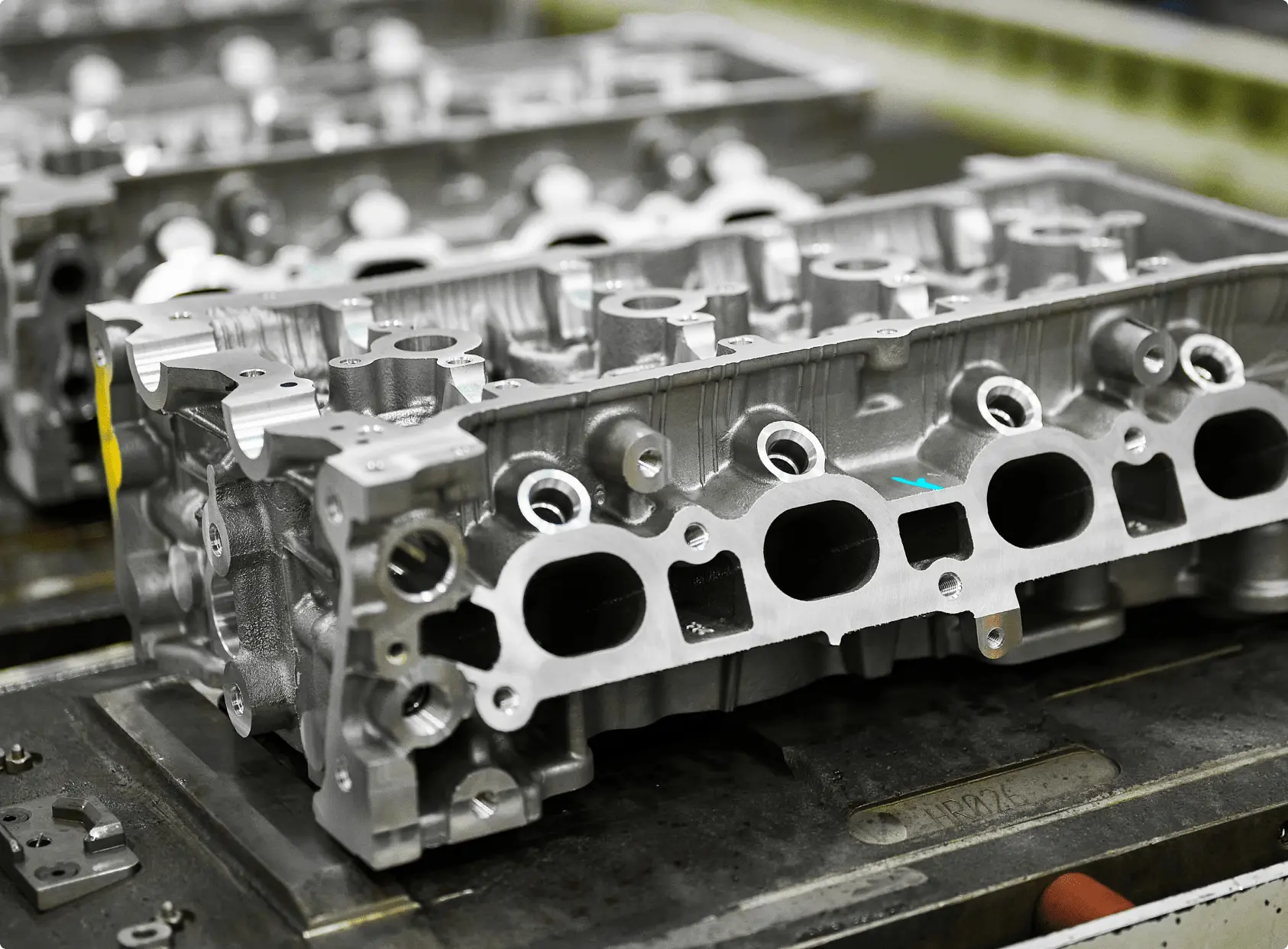
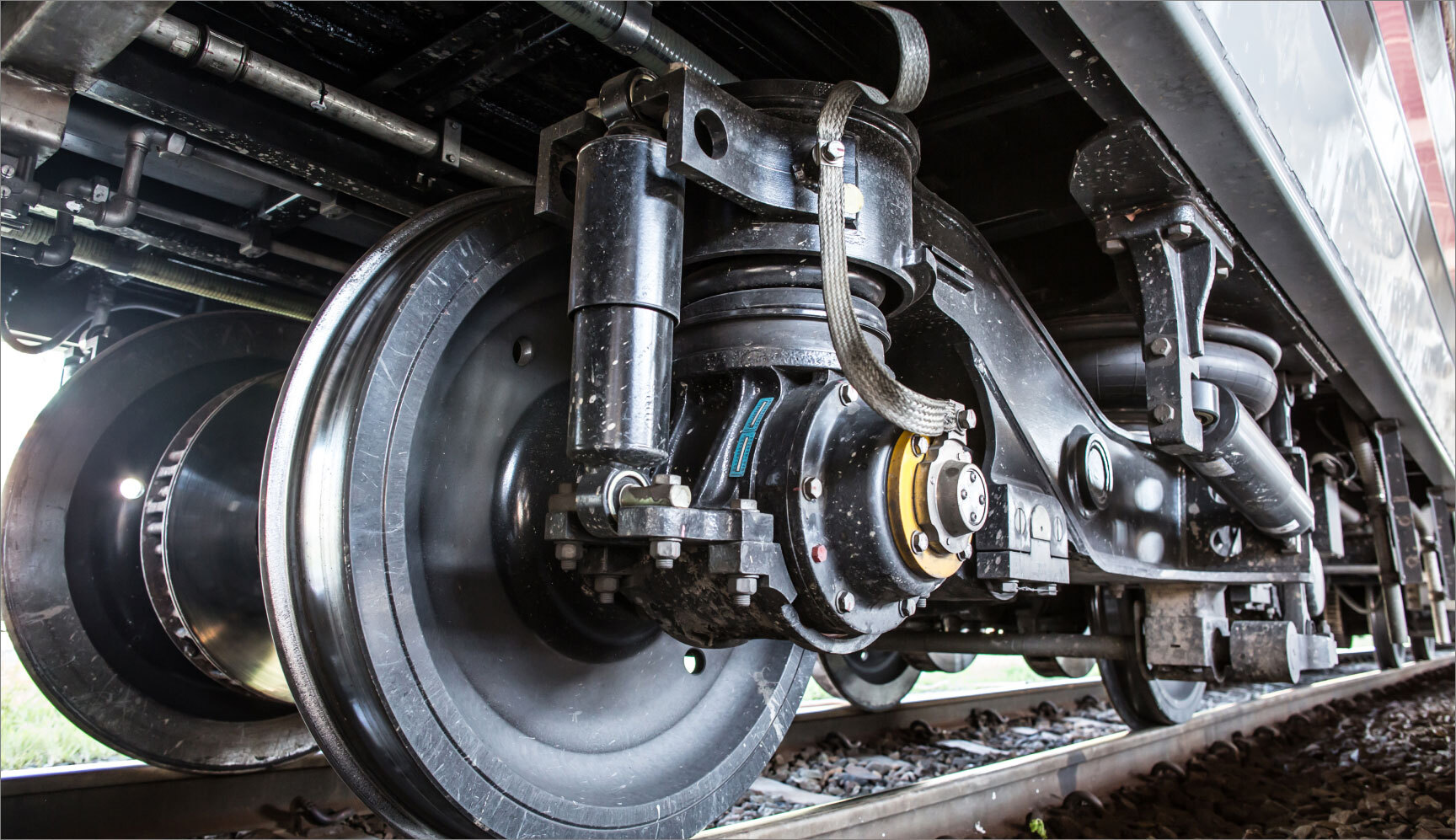

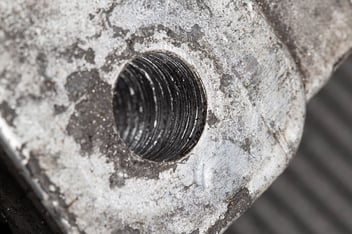
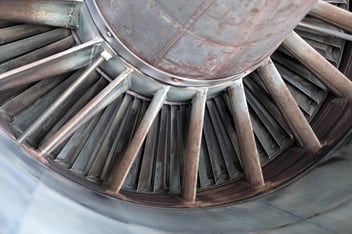

.jpg?width=352&name=shutterstock_1054220735%20(1).jpg)

.jpg?width=352&name=Shutterstock_285892688%20(1).jpg)